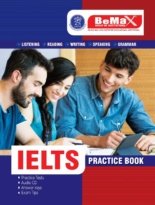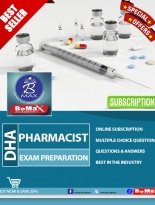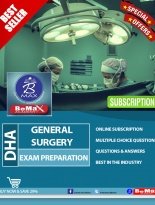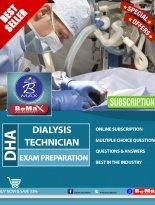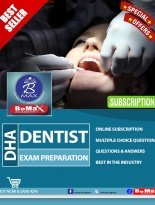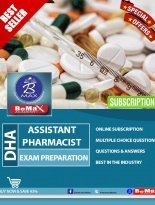THE READING SUBTEST STRUCTURE
The reading sub-test will usually have parts such as Part A, B, and C.
Part A (Expectations Reading Task 15 Minutes)
This part checks how well you locate specific information from four short healthcare-related texts quickly and efficiently. You must answer 20 questions including matching, sentence completion and short answer questions in a stipulated time period of 15 minutes.
Part B and Part C – Careful Reading Tasks (45 minutes)
Part B will check your ability to understand the detail, gist or main point of 6 short texts sourced from the healthcare workplace (100 – 150 words each). The texts may be related to policy documents, hospital guidelines, manuals or internal communications, in the form of emails or memos. Each question will have a three-option Multiple Choice Question( MCQ).
Part C
It will be validated based on your ability to identify detailed meaning, opinion or attitude in two long texts on topics of interest to health care professionals (800 words each).
For each test, you must answer eight four-option multiple-choice questions.
How can I improve my performance on the Reading sub-test?
1. Read, read and keep on reading.
The answer is as simple as that. In order to improve your skills to achieve your required grade read regularly and widely and get familiar with a wide range of language and text types, not just those used in text-preparation materials. You must rely on current affairs websites, science and health magazines for the same. This will help you in identifying and following a writer’s line of argument and attitude. Moreover, once you finish reading each paragraph, ask yourself two questions: Can I summarize it in a sentence, What does the writer want to achieve in this paragraph(eg: persuade, criticize, draw a conclusion).
2. Use the right skills for each part of the subtest.
Part A is about collecting information from different texts. So you should be prepared to jump from one text to another quickly and correctly.
You may look for names of people , names of countries/regions , dates or numbers. If you have textbooks or manuals which include summary points at the end of each chapter, you can set yourself a time limit to find parts of the chapter the summary refers to and look for the types of words and phrases that will help you.
Part B is about understanding the gist of a short workplace text and you need to select the best option which represents the content of the text completely. Each question has a context statement that can include the type of text you have to read.
Part C is about identifying how meaning is developed into aline of argument or information in longer texts. You need to use inference skills to understand the attitude or opinion of the writer at various points in the texts. You will also show your understanding of reference (eg: its , that ,their) and lexical features in texts and how they contribute meaning. Perhaps you will not understand every word , but should develop strategies to deduce meaning or tolerance of such ambiguity.
3. Check your work
It is rather as important as to present your answers efficiently, to take a few minutes to check your answers. In Part A , make sure that the spelling of the answer word(s) are same as that in the texts.
In part B and C you should be able to not only locate evidence in the texts which proves correct answer but also why the other options are incorrect. Incorrect answers include only part of the answer is covered in the text, the text states something different or opposite to the answer etc.
4. Comoplete the question booklet correctly
In part A, write your answers directly onto the spaces provided for each question. Part B and C are computer scored so it’s essential to fill in the circle containing your chosen answer A,B or C using a 2B pencil.




